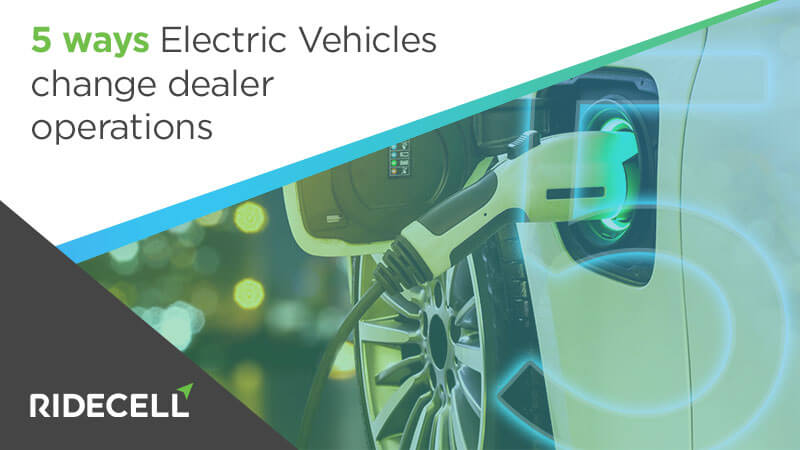
Dealers don’t make much money selling cars; they make it on servicing internal combustion engine vehicles and selling associated parts, plus some additional revenue selling upfront protection and maintenance products in the business office.
OEMs are committed to an Electric Vehicle Strategy. Environmentally conscious consumers are too. They see them as expensive to buy, but cheap to run. Typically, EVs have 20% of the energy costs and less than 50% of the maintenance costs vs. a gas or diesel vehicle. The implications for automotive dealership depend on their business plan.
Here are five ways EV adoption will impact dealer operations
Revenue centers will dry up:
1. Brakes – A major dealer profit center. Typical brake pads and rotor life is extended from every 20,000 to 40,000 miles on gas vehicles, to more than 100,000 miles with EVs.
2. Oil Changes and other Engine Maintenance – Typically, IC vehicles do oil changes every 5,000 to 10,000 miles, but EVs never need doing!
From the Tesla Model 3 Owner’s Manual: “Your Tesla does not require annual maintenance and regular fluid changes,” and other EVs are not different.
3. Parts – An Electric Vehicle drivetrain has less than one-tenth of the moving parts of most IC engines and transmissions. What this means is that there is much less that can go wrong or wear out.
Revenue centers will open up:
4. Charger Sales – EVs offer an excellent opportunity for dealers to sell chargers and fast charging subscription services
5. Car Ownership Alternatives – Electric Vehicles pair very well with shared mobility due to their reliability and low maintenance. One way of doing this is by targeting a Car as a Service operation that lets drivers take out vehicles on a shared, rental, or subscription basis.
If a dealer’s Fixed Ops is hit hard by EV sales and absorption levels fall to 50% or less, many dealerships could be in real trouble. To prevent this, dealers must look for opportunities in Shared Mobility by taking advantage of their location, facilities, and maintenance capabilities. Shared Mobility creates a new channel to market, appealing to customers who would have never previously set foot in a dealership.
Author: Diptii Tiiku, Senior Director of Corporate Marketing, Ridecell


